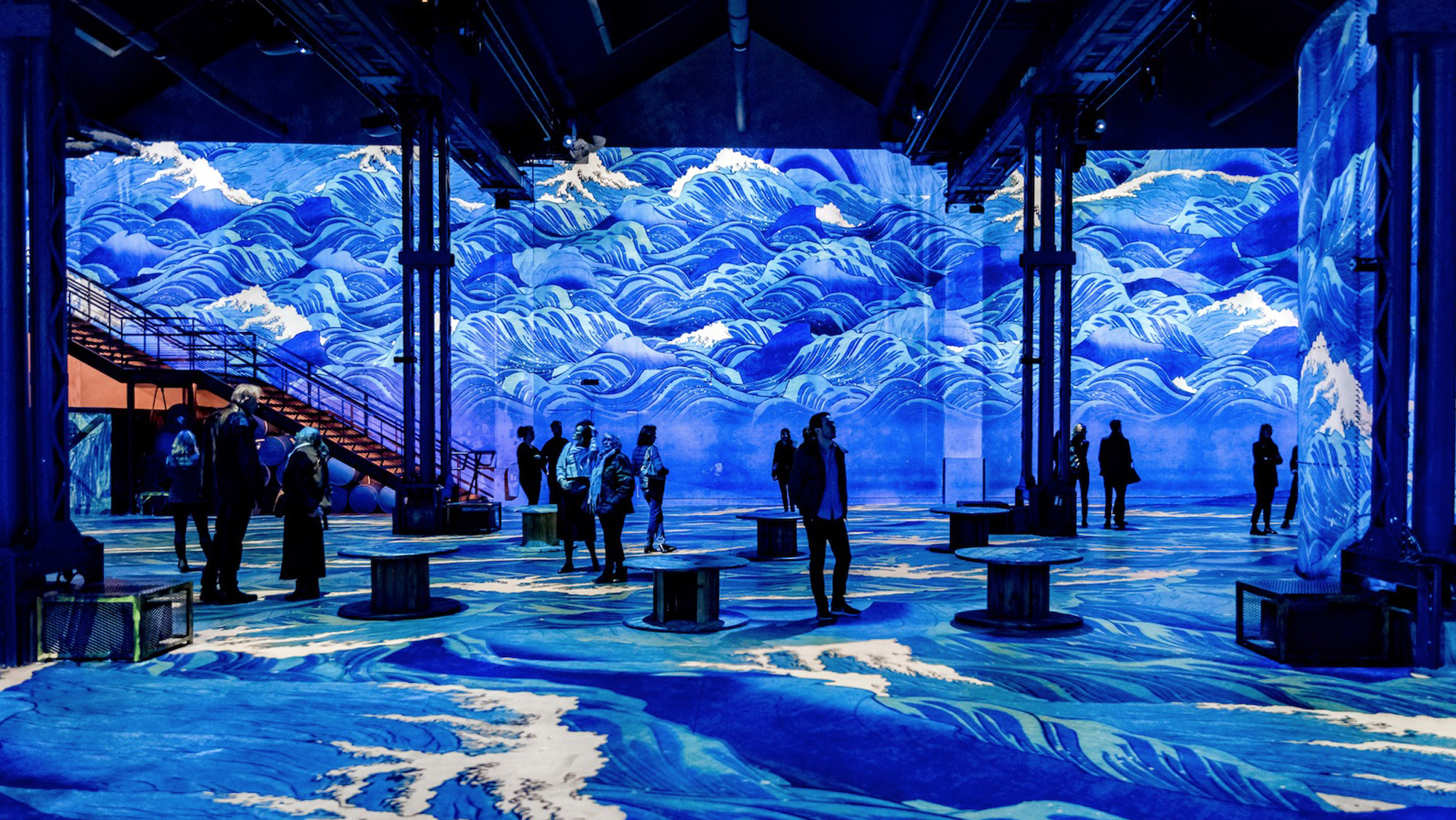
Human beings are constantly craving new and exciting experiences. After all, the human brain is drawn to novelty as it’s part and parcel of learning and evolution. Be it visiting new countries, dining out at different eateries, or visiting the latest shopping venues, we’re interested in what’s new. Therefore, it’s not a surprise that immersive brand events and artworks have become increasingly popular in recent times.
Today, brands are recognising the importance of engaging environments that provide a sensory experience while bringing their products to life. This ensures consumers form a long-lasting emotional connection to certain products, which captures the hearts and minds of those most likely to invest in the latest tech. Grant Dudson, a Creative Director at Chorus, has been involved in a range of world-class branding campaigns, from Ferrari to Johnnie Walker. Below are his thoughts on why immersive artistry within branding is very much the future.
What exactly is experiential artistry?
Experiential artistry is about providing the necessary tools to a particular audience so that they’re able to express themselves in a creative way. Some of the most impactful experiential installations even allow consumers to contribute to the art, which in turn brings out their own creativity. While it distances itself from traditional art, experiential artistry works really well if the sentiment is right.
How crucial are immersive experiences in an increasingly digital world?
Experiencing something for yourself is everything. Just think about the feeling you get when you board a plane and head to an exotic location for the first time – you benefit from an exceptional sensory experience. The same is true when you wander down the high street. Trainer stores with the boxes piled high are no match for retailers who bring the shoes to life in a visceral way. There is immense power in creating experiences for people, particularly when it enables them to engage with a product on an emotional level. People want to return to and talk about visually arresting environments, so it’s worth investing in a creative campaign.
What impact will experiential marketing, events, and installations have on the retail industry?
Given that retail has struggled in recent years, experiential can be its saviour; there’s no doubt about it. By incorporating engaging and immersive installations in retail stores, the space becomes a destination venue that people seek out. It’s no longer just about having stacks of stunning products to sell, as people can now just buy them online. Instead, you need to give people a reason to come and experiment with your products. Ford recently launched an immersive experience that illustrated how each facet of their cars worked. This was achieved by engaging the senses – sound, smell, touch, and sight. The visitors immediately connected to the cars on an emotional level and were invested in the experience from the outset. You can see this when people head to the V&A and Tate – they want to be moved and immersed by art. It’s for this reason that experiential can revitalise the dying high street, but change needs to happen soon.
Post lockdown, have people’s responses to immersive art changed?
The vast majority of people are desperate to get back out into the world. With that in mind, experiential has never been as important as it is now, as such experiences were practically non-existent throughout the eighteen months of lockdown. People now have the opportunity to reengage with the world and learn once again what it truly means to be human.
What are some of the upcoming experiential trends to keep an eye on?
People want to head out into the world to have a good time and want to enjoy experiences that they can then share with their nearest and dearest. Competitive socialising is one trend to look out for, which sees hospitality spaces embrace games to entice more visitors. One great example is Johnnie Walker’s Highball Arcade, which allows visitors to participate in basketball and a range of other games to have a chance of winning exclusive merchandise. Consumers are understandably thrilled with the experience. Brands need to tap into this immersive side as much as they can, ensuring people leave their space thinking how amazing the experience was.
What is key to creating an immersive and experiential project?
One of the best ways to create a new and immersive experience for your brand is to look at people and place from a fresh perspective. Sometimes, people overlook experiences that are regarded as ordinary and bland. But there’s real psychology behind designing even the most mundane of spaces, so looking at something with fresh eyes and thinking about how it appears to your audience is so important. Another tip is to look for trends that are just around the corner, but you can also look to the past for things that worked well.
If you’re looking for an immersive and flexible approach to experiential retail, multi-brand venues like SITU LIVE provide cost-effective solutions for innovative and forward-thinking brands. Explore Situ Live’s theatres at Westfield, White City, to find the perfect space for your upcoming product release.